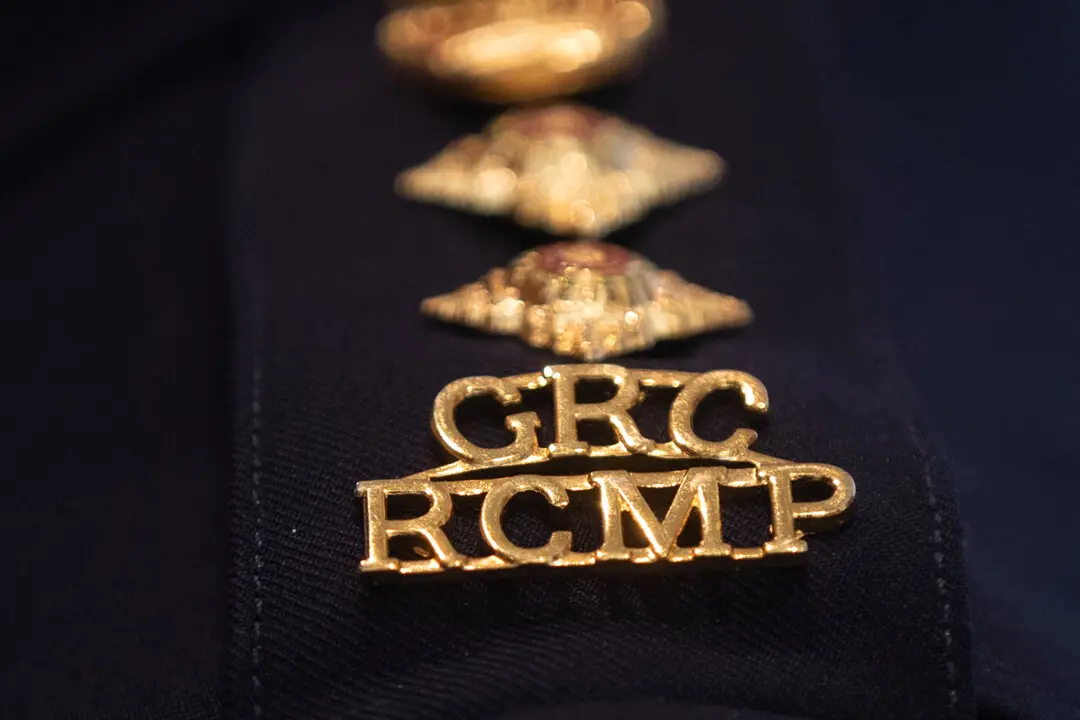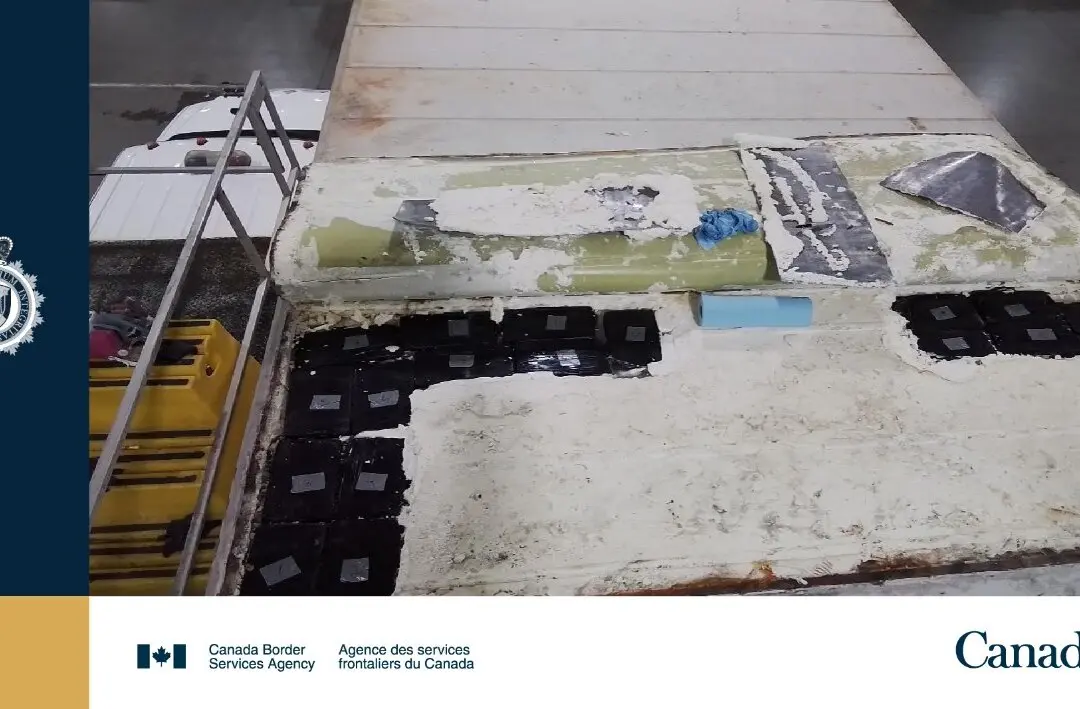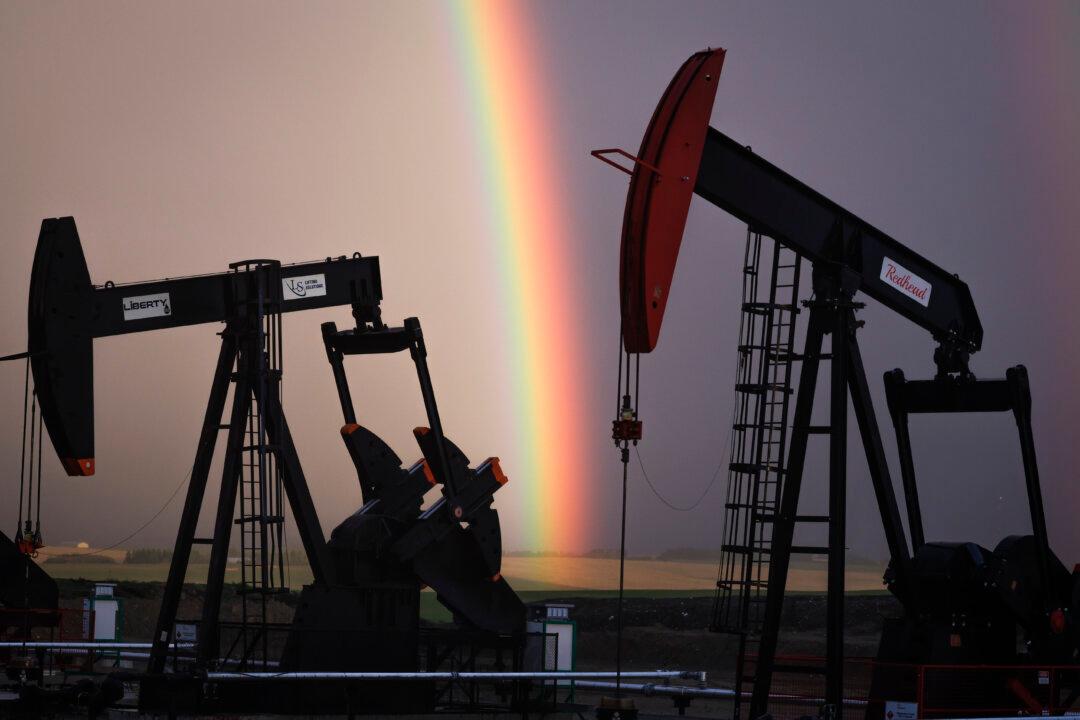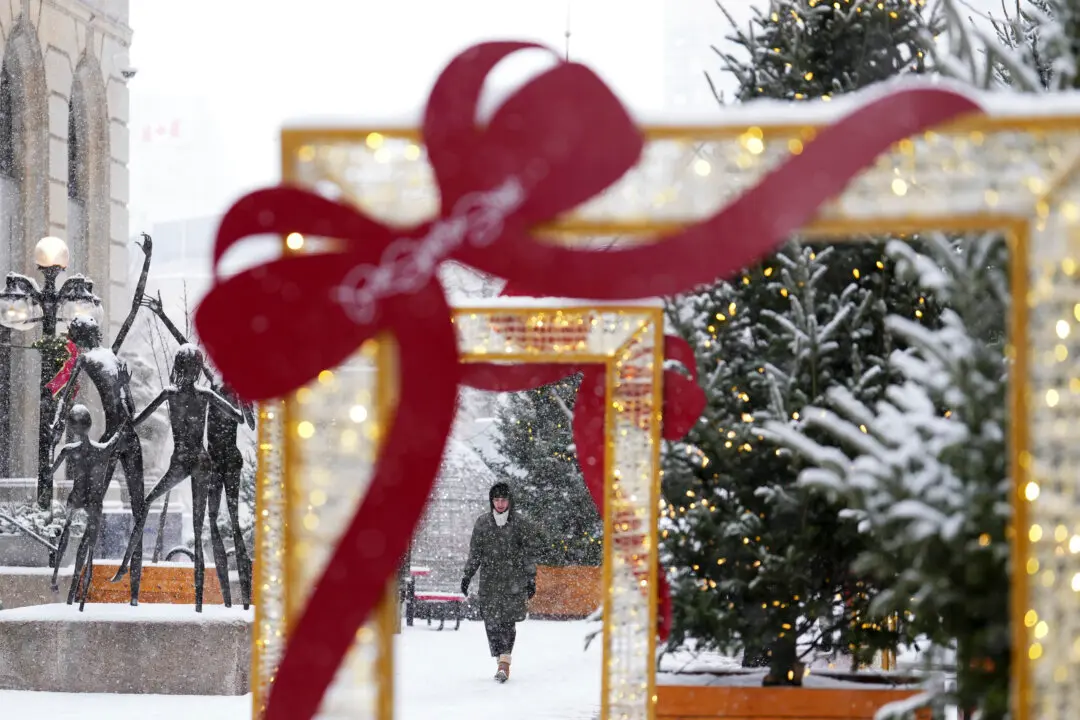The legislative grounds in Winnipeg will soon feature a statue of a mother and child bison—Manitoba’s provincial symbol. The bison sculpture will replace the historic Queen Victoria statue that was toppled and defaced by protesters in the provincial capitol three years ago.
The announcement, first delivered in the NDP government’s Nov. 19 throne speech, was confirmed by Premier Wab Kinew at a press conference the same day.





